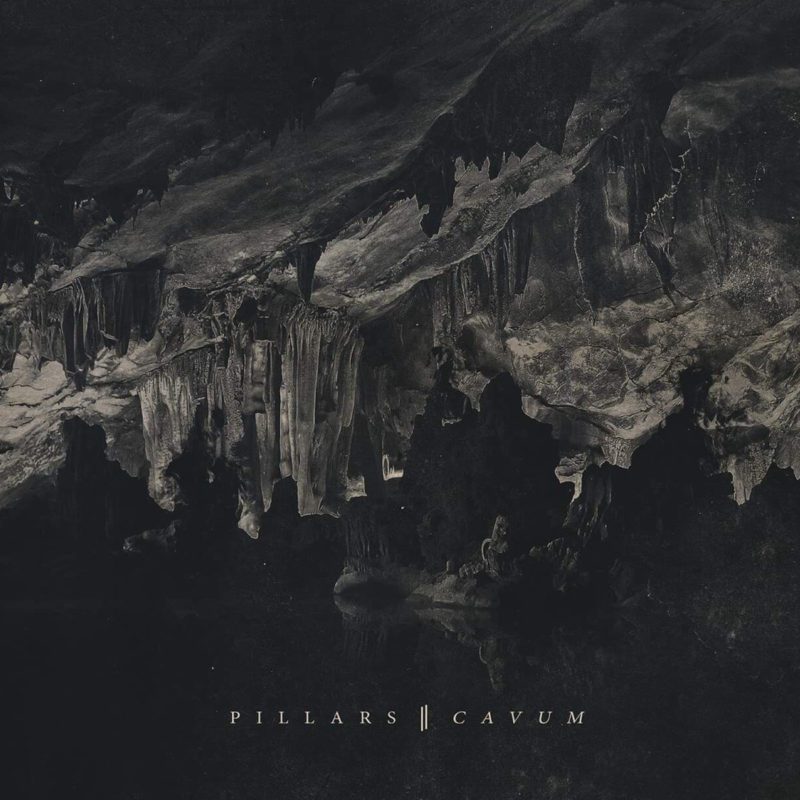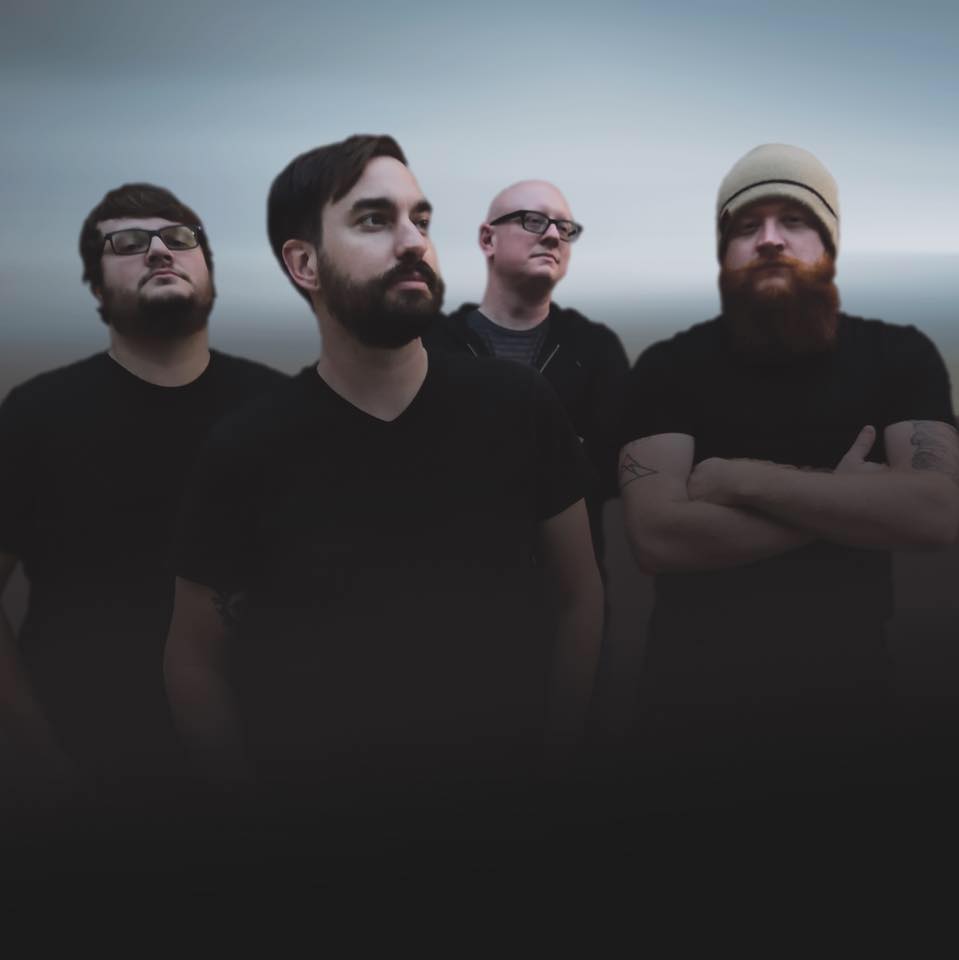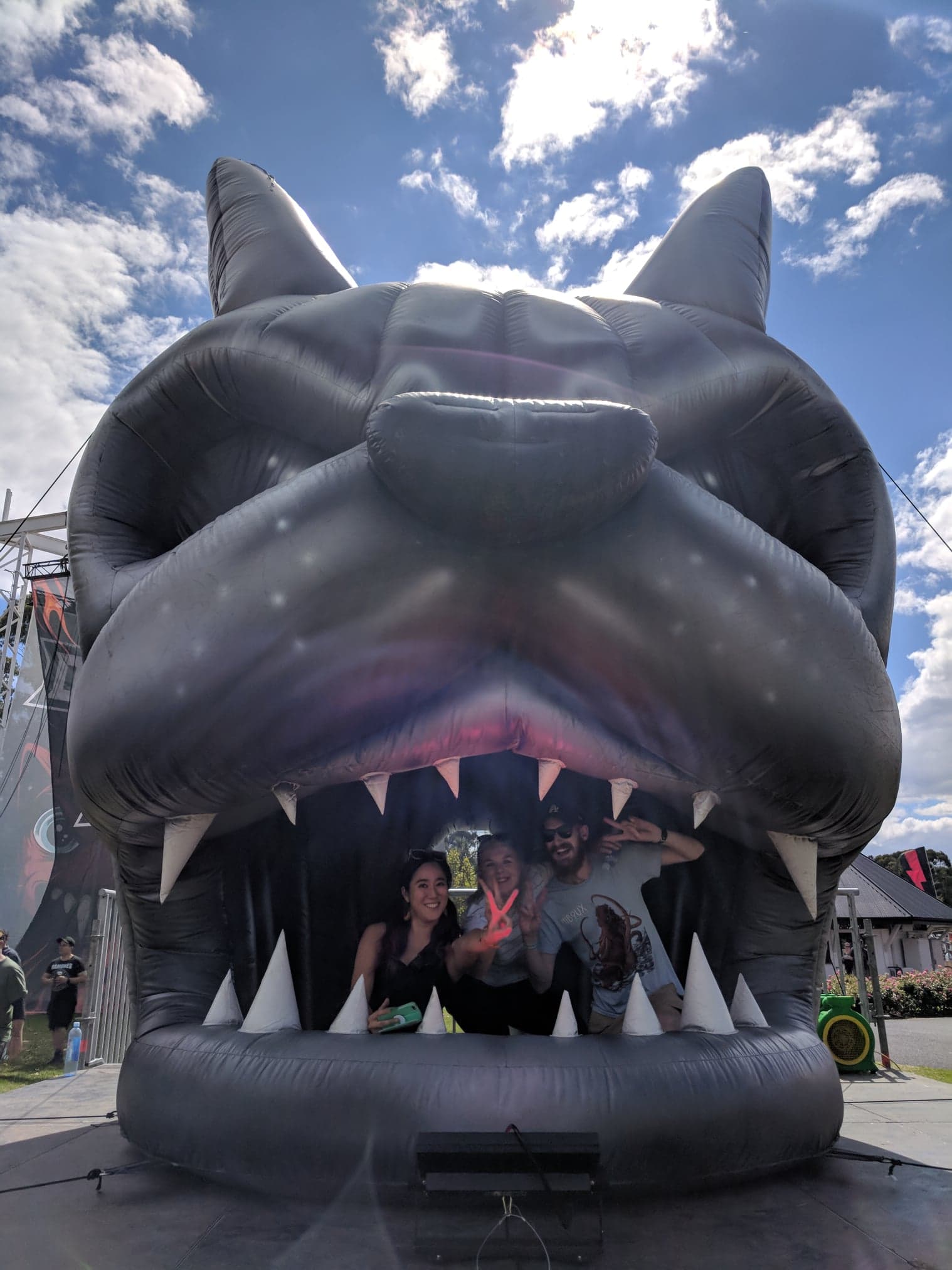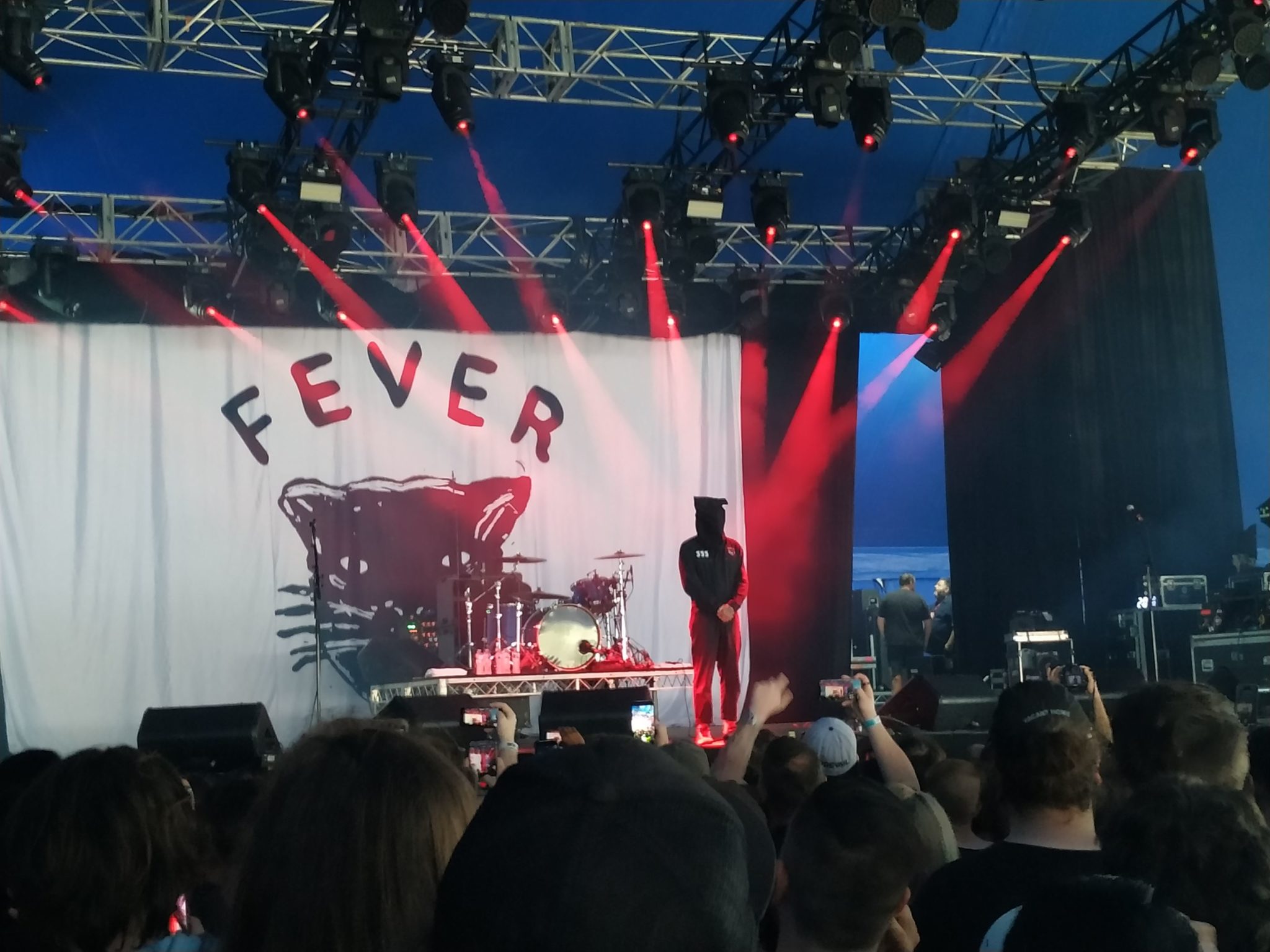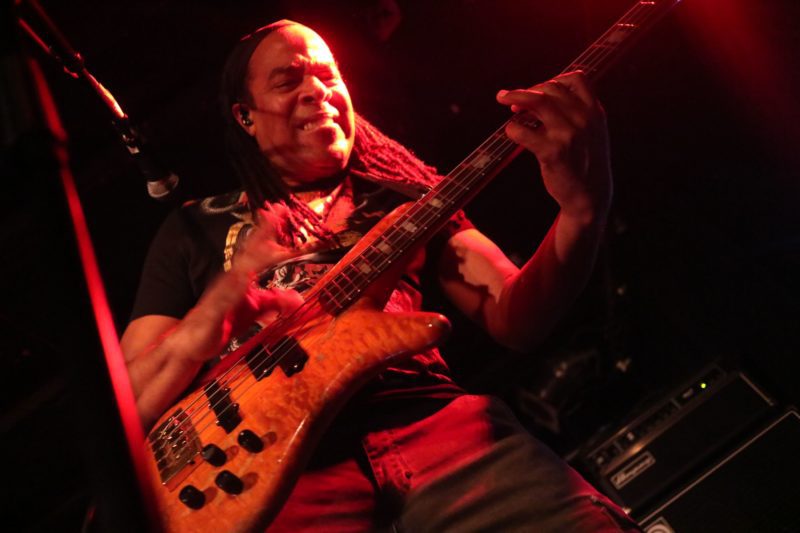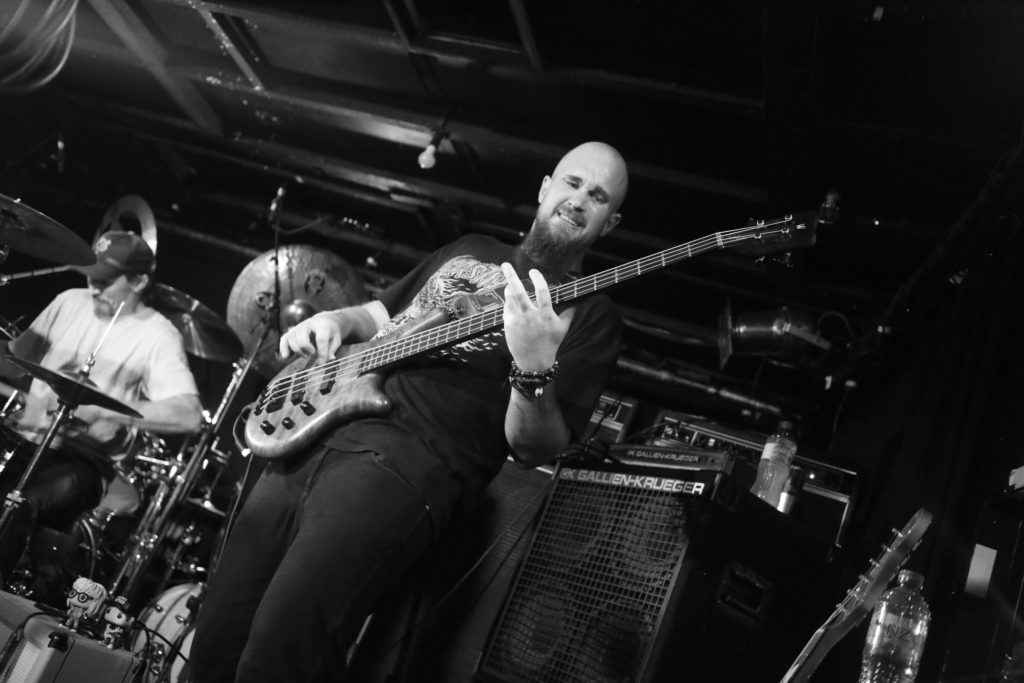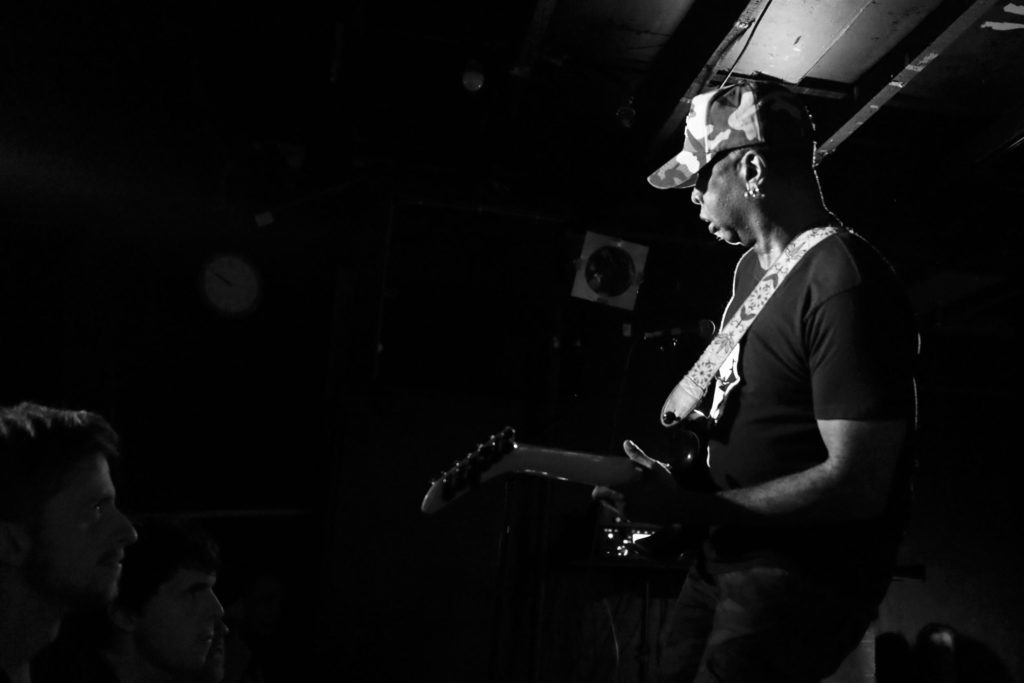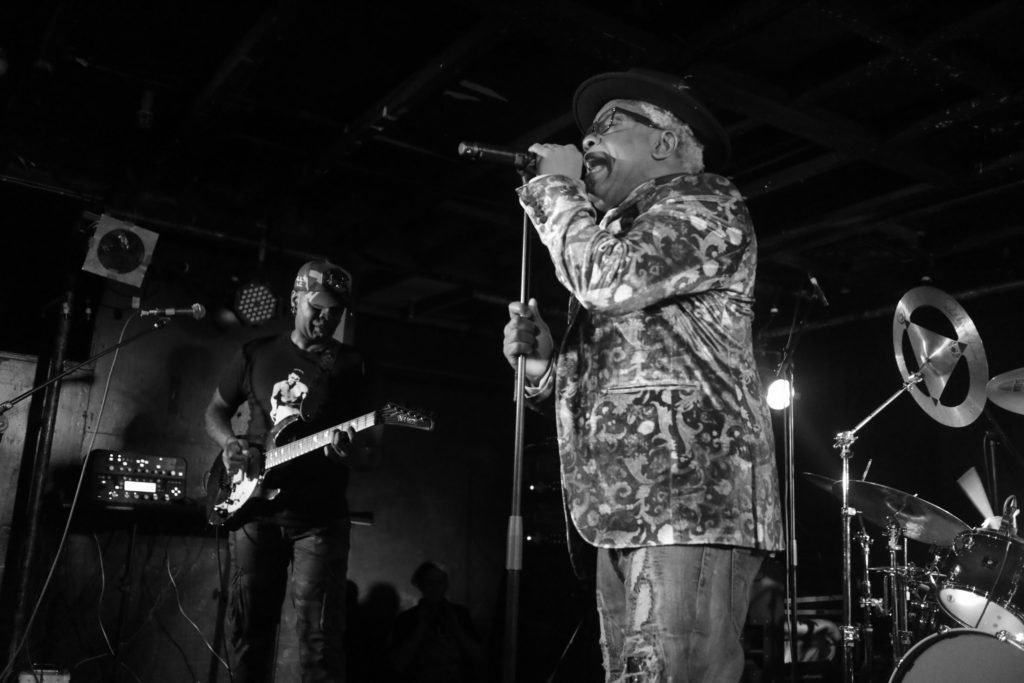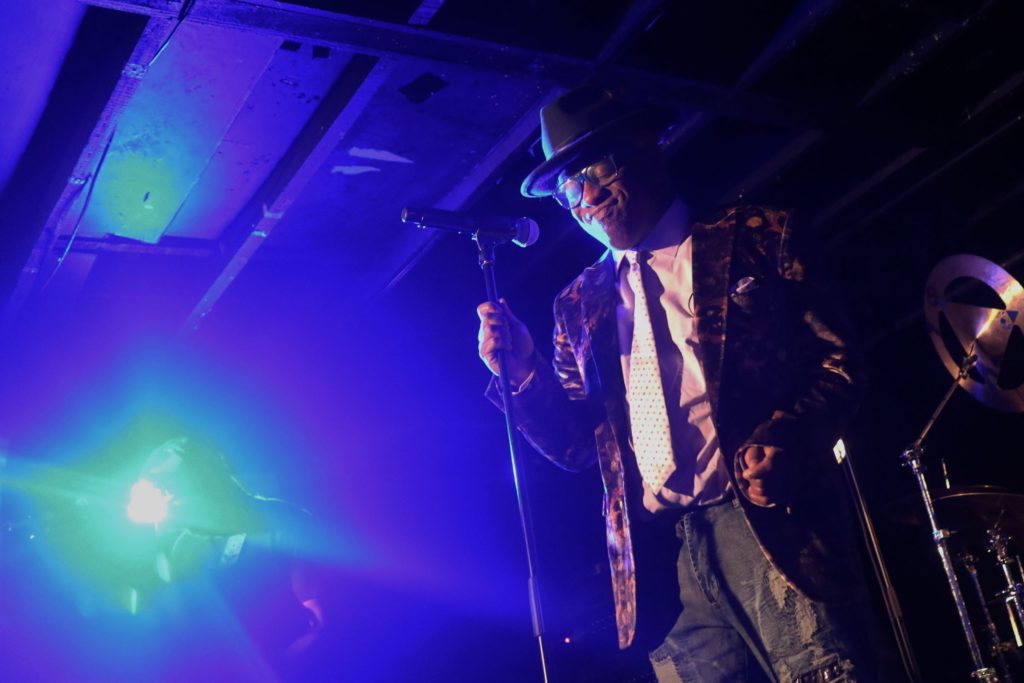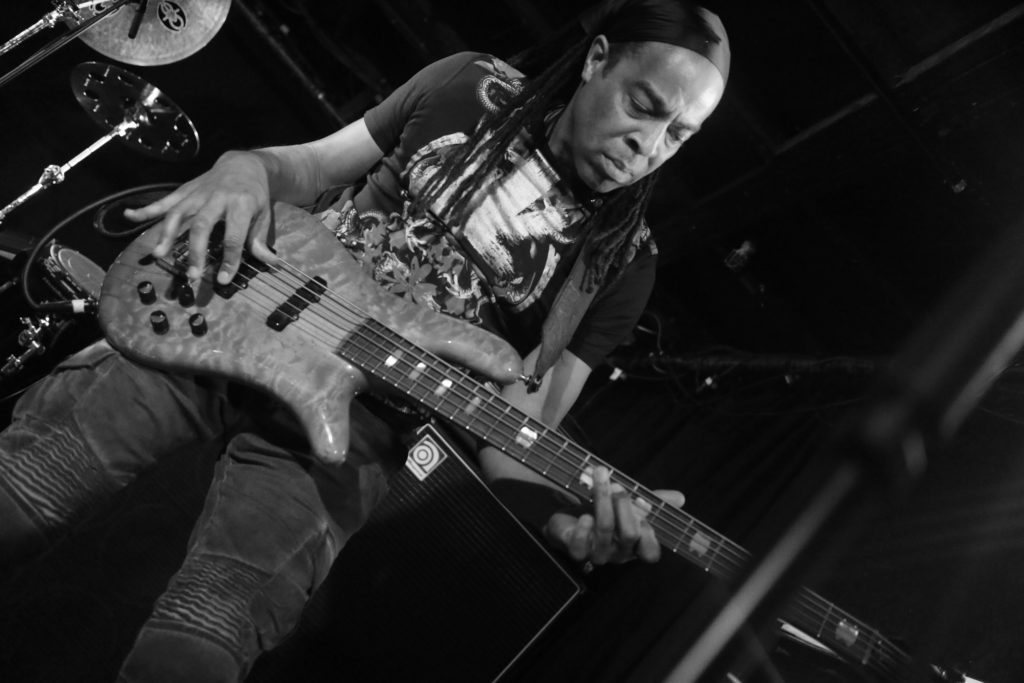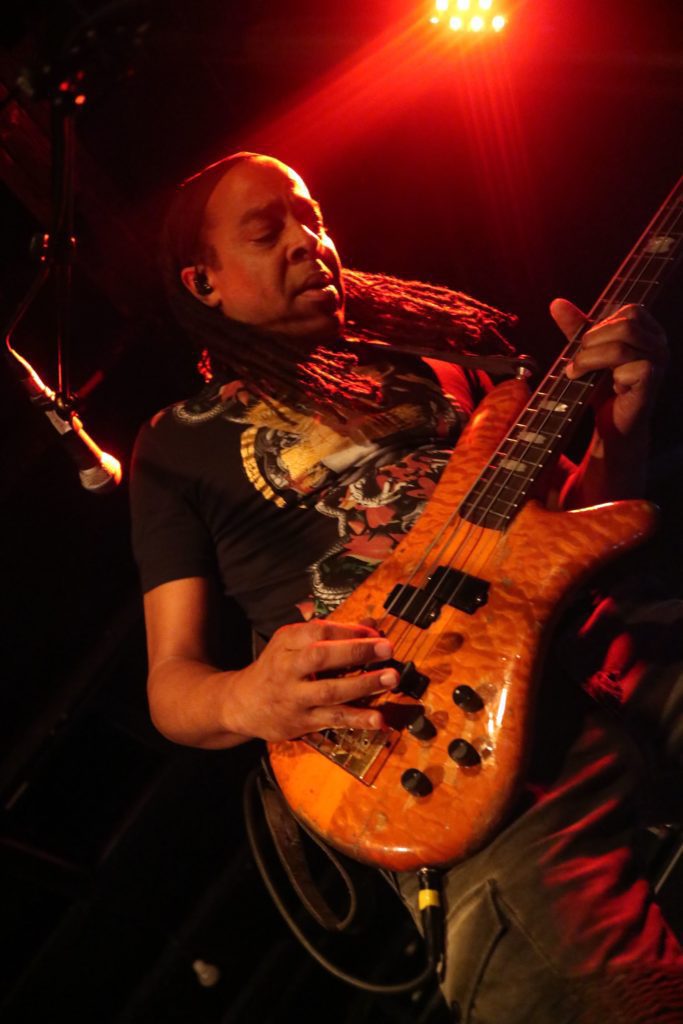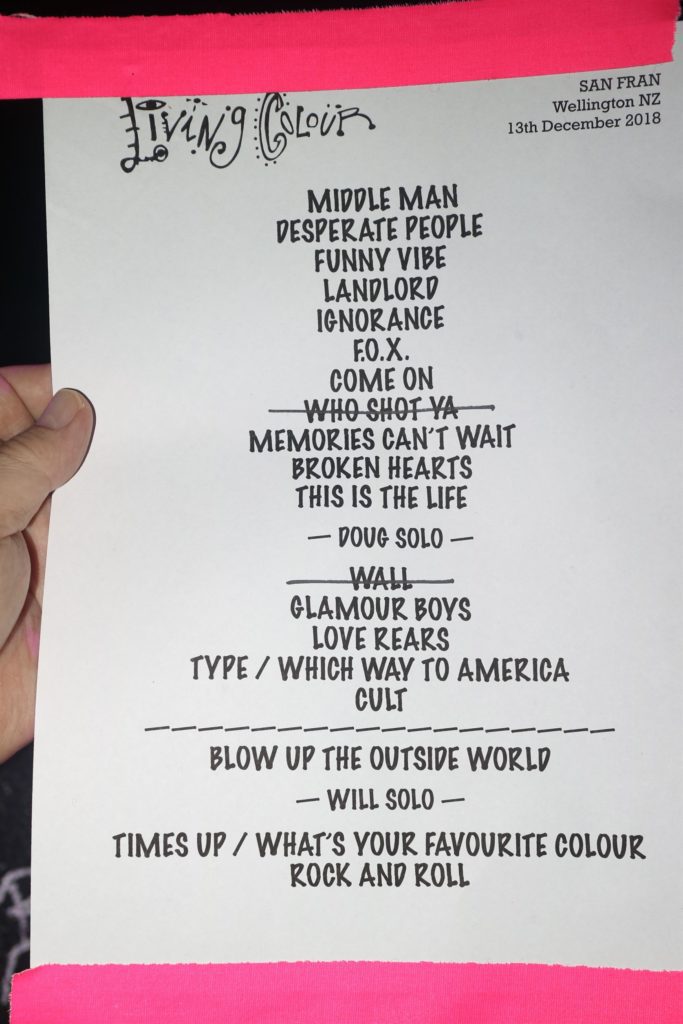Mina Perniskie (lead signer of Wellington’s own Secrets of the Sun) chats on the phone with the indomitable DONITA SPARKS of LA band L7. Mina is a longtime fan of L7, first hearing them as a teenager. Her 14 year old self was fan-girling hard during this interview.
Having formed in 1985 with raucous genre defying blend of metal, punk and pop, L7 are back with new album Scatter The Rats. L7 are in their element as a live band, and have a tour of Australia and New Zealand lined up for May. Make sure to get along to one of the shows to get your face ripped off.
Mina Perniskie: I was really excited to see that L7 were coming to NZ, and I believe this is your first time coming to NZ with L7 is that correct?? I know you have been to Australia in the past.
Donita Sparks: I think we were in NZ in either 1992 or 1993, we’ve been there once.
It’s been a while obviously, are you excited to be coming here?
We’re very excited to be coming to NZ. We were really disappointed that last time we went to Australia, we did not come to NZ, and we thought you guys hated us! We were like, why aren’t we playing Auckland at least? So we’re happy to be playing there now.
And you have two shows, Wellington and Auckland! After a long hiatus you’ve been playing together again now for about 6 years?
I think we reformed in 2016, yeah those were our first reunion shows so this will be our fifth year back, which is crazy!
You are obviously a very influential band, so how does it feel over the last couple of years in particular to be able to write new music, get out a new album Scatter the Rats and tour again after kind of a long hiatus? Do you feel that this is a great climate for a comeback if you will? With your legacy as well?
Well, it’s been amazing. There’s a documentary on us that’s out called Pretend We’re Dead. That was coming out, and then we were thinking about doing some reunion shows, and then that kind of happened. And then we were thinking about well let’s do some new music, because if we want to keep touring, none of us wanted to be like an ‘oldies band’ or something, you know what I mean? You can’t just keep on doing a reunion tour forever, you know! So that’s why last year we put out Scatter the Rats and we’re super happy about the way it came out. And it’s great, because we’re still touring that record, and there are spots in the world that we haven’t hit yet with it. It’s exciting again.
You can probably find new fans as well as reminding your older fans that you’re around as well with new music, so that’s great. Your music has always been great and to me really aggressive but in a fun way. It’s soo heavy hitting and I think in the current political and general climate of the world it’s great to have L7 back out there and touring.
We’ve always been heavy hitting and we’ve always had melody in our heavy hitting as well so we’re not just a metal band, we’re not just a punk band and we’re not just a pop band, we’re like all three combined you know? (laughs). We like a good catchy melody, and we also like aggression and we also like to slow it down every now and then too and play something a bit more introspective maybe.
Absolutely. It’s quite hard to pin down L7 down to one genre, it covers multitudes. Do you like talking about genre, or is it kind of annoying? I personally hate talking genre, it’s like people have to pin you down to one box. Alternative rock kind of covers it but people want something more specific.
Well I suppose it’s important if your readership or your listening audience has never heard the band. Most bands that I love are sort of genre defying. You might think “oh you may think they’re this, but then argh there’s this curveball and I never expected them to do this kind of a song”! Those are the most interesting bands to me. So we’re cool if people wanna talk about it. Listen some people think we’re a heavy metal band you know? But we’re actually from the art punk scene in mid 80s Los Angeles. So we are not even from a metal scene So we’re cool discussing genre and all that stuff. It’s a valid train of thought I suppose
With having multiple style and taste and influence as a band, you’re quite a collaborative band with all of you contributing to the music. Is that kind of fun, do you all have different tastes and things that that you bring into the music?
What brings us together is the music, and I think that we all like the different corners and pockets of our band musically. So any one of us can bring in a song that’s gonna sound like L7. As long as we’ve got Dee playing drums, and us with distortion.. just the way we play is very L7. It’s almost like anything that comes in is gonna sound like an L7 song. So it works you know. And If we have to make some additions or changes to it we’ll do that too. But we’re not afraid to play any genre of music. We’ve played songs that just have reverb guitar, no distortion at all. I’m a sucker for hand claps, and for bongos! Some people think we’re just metal but it’s like what are bongos then? I like surf music. So..there’s that.
True. I was listening to one of your songs and noticed it has a surf element, I think it was “Mr Integrity”.
Yeah and that has bongos! And hand claps. And surf guitar. So it’s like you know (laughs).. and it rocks.
I think that’s what makes L7 fun. Because you do all these things and it’s surprising and interesting, you know?
I think we feel pretty free to kind of just throw in whatever elements. I think maybe some bands are afraid to do that, because they are in a very tight narrow genre. And my God if they fucking break that genre well they’re fucked! Because their fans will not forgive them. But with us it’s like ‘OK whatever, you’re not gonna forgive us you don’t have to be our fan anymore’. OK fine, you don’t dig it? Go listen to…whatever’.
There’s plenty of stuff out there and they don’t listen to you …but hopefully they do! My next question.. so this is around the whole gender issue and you guys probably get sick of talking about this to a point, but I’m gonna ask the question. And quoting from the documentary as well, you said you ‘wished the whole gender thing would go away’ and ‘please recognise us for our rock’. Do you feel that you’ve achieved this on the whole or is this still an issue today? I feel as women in rock we have achieved some measure of respect now, it’s not as bad as it used to be. But I still think it’s a thing. What’s your view on that?
Well, we had respect from the get go, from our peers and from rock audiences. Pretty much. It was sort of the guys with the power, the money guys, the business suit guys who were really kind of for whatever reason afraid to let go of the power. I think we’ve always transcended our gender. I don’t think anybody really fucking cares.
My objective with the band when we started out, I didn’t want a name that revealed our gender. I was like ‘L7’. I didn’t want The ‘blah blah blah Girls’ or anything like that. I was just like No. I want people to hear our music and not be able to tell what gender we are. And we definitely achieved that. So yeah I feel great. Listen, if you were a Doctor 100 years ago, you were a ‘Lady Doctor’..it didn’t matter if you were the best doctor on the fucking planet. So you know, it’s all growing pains and its all you know, somebody’s gotta be the fucking avant garde, in terms of you’re out there first, or second, or third..whatever. I think in the rock circles we hold our own, and yeah.
I definitely think so. I’m really looking forward to the show. When I heard that you were coming and there were tickets I was like, I’m in there! Done! It’ll be a great show. I’m sure you rock just as hard as ever. Watching the documentary I was just like…the raw power, the fun..it’s soo rock. So I’m really looking forward to seeing that in person, with my own eyeballs and my own ears!
I feel and I think the whole band feels this way too, that we’re a better live band than on record. We’ve had producers and engineers spend like a month on one of our records and then they go see us live and they say ‘What the fuck have we been doing for the last month!?’. Because there is this connectivity when we’re on stage together and you feel the power of the band that you just can’t capture sometimes in a recording studio. So if you want to see us in our element, come see us live.
See you live. Absolutely. Excellent. Well I think that’s about our time up isn’t it?
Hey, I do wanna tell you one thing though. We did a collaboration with Joan Jett. We did a cover of her song ‘Fake Friends’ and she’s on our version, singing and playing guitar. We’re going to be releasing that just for the Australia & NZ tour. So that’s gonna be available just in that market as a single. So you can throw that out there!
Oh wow! Awesome, I will definitely be throwing that out there. That’s a little tidbit just for Kiwis, I guess. And Australians. That’s awesome news!
That’s exactly right. Cool!
Was great to speak with you, thank you so much. I’m really really looking forward to the show when you’re here!
Thanks! We will see you in NZ, finally!
Here’s a playlist of Mina’s favourite L7 songs:
Ticket link for L7’s upcoming Australia and New Zealand tour: https://sbmpresents.com/tour/l7/

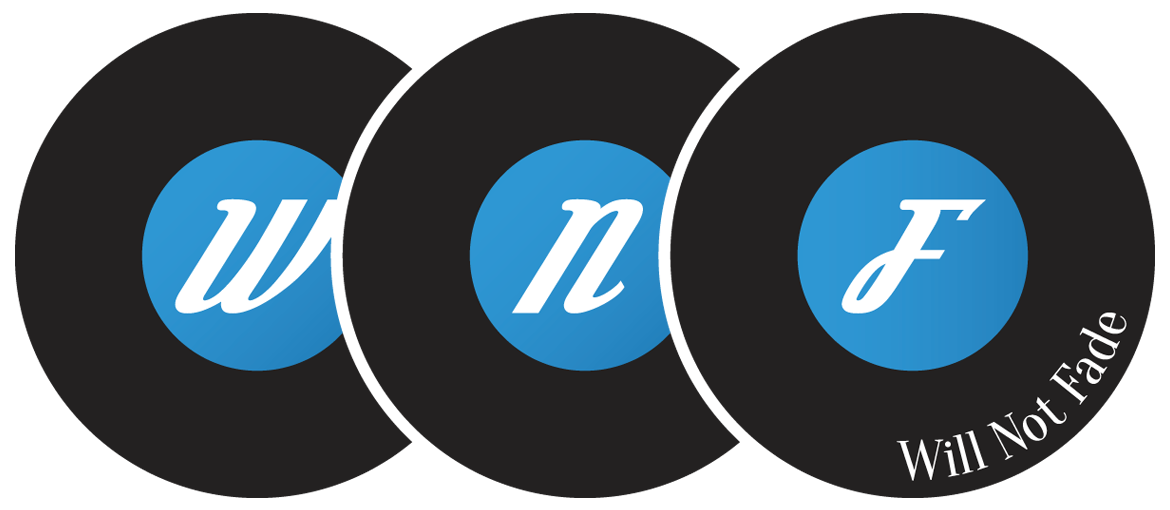
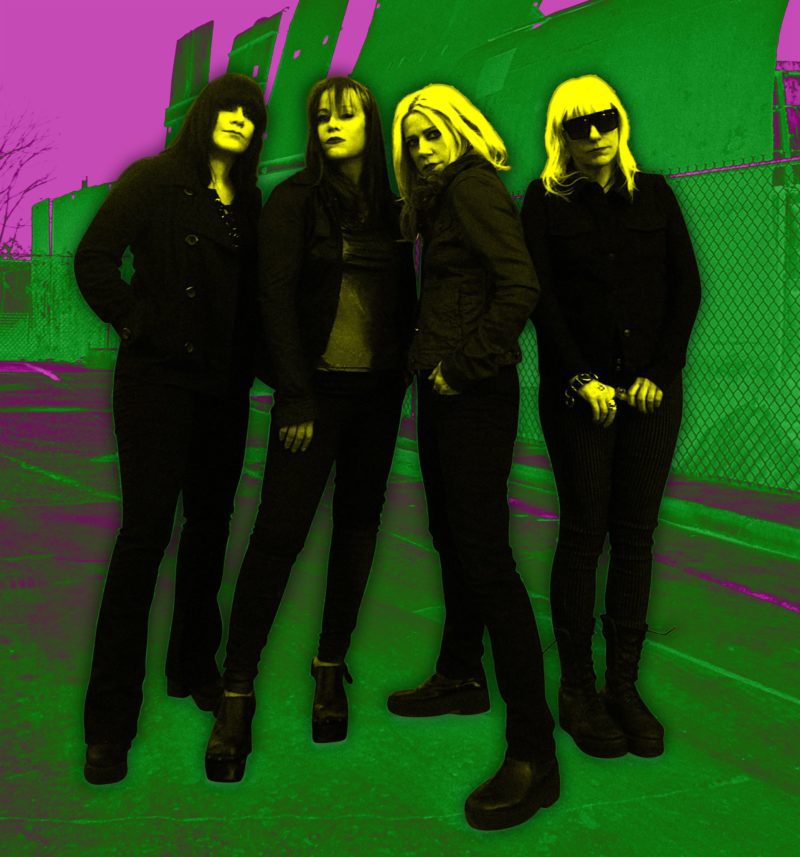
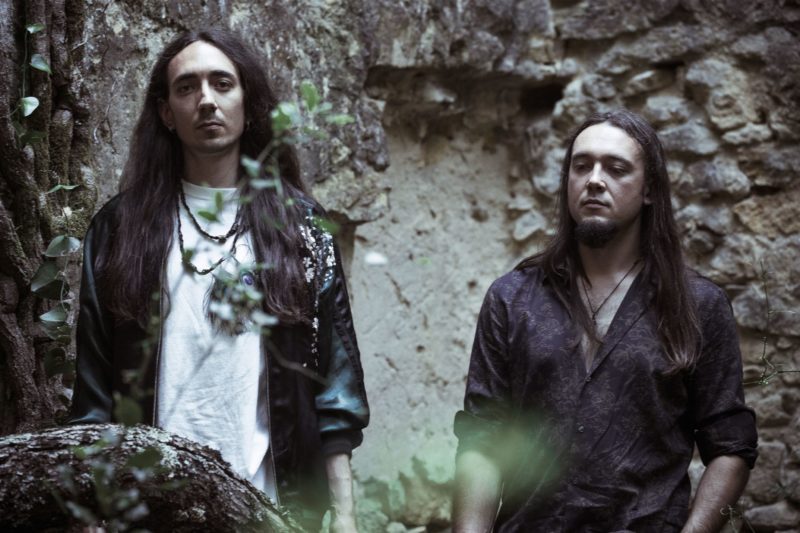
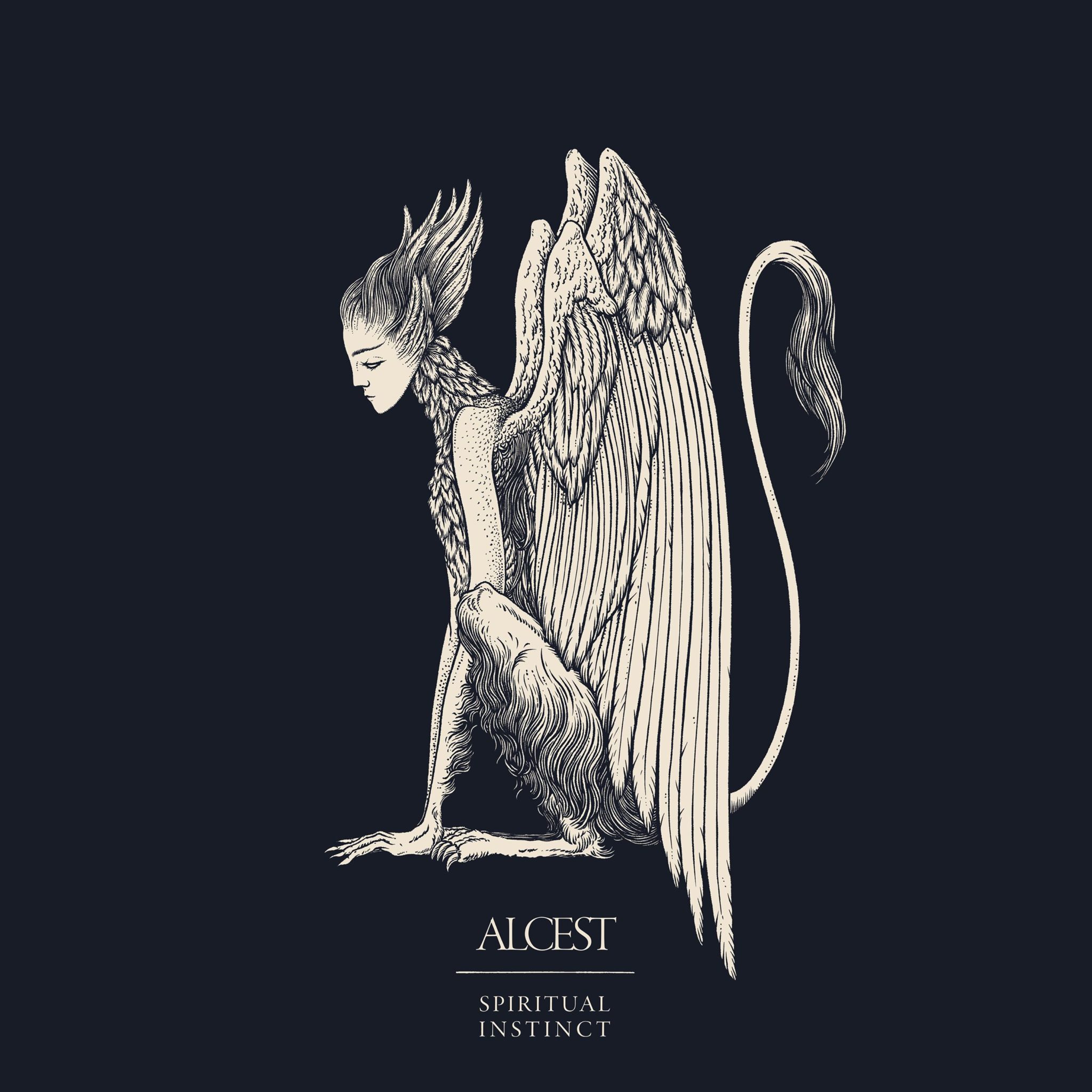 Spiritual Instinct is out on Nuclear Blast Records October 25th
Spiritual Instinct is out on Nuclear Blast Records October 25th